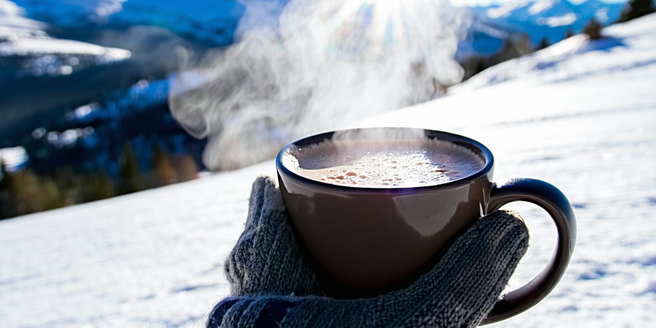
Understanding the Importance of Body Temperature
Maintaining a stable body temperature is critical for optimal physiological function. The human body functions best within a narrow temperature range, typically around 37°C (98.6°F). Deviations can impair cellular functions and metabolic processes. In cold environments, the body implements thermoregulatory measures to preserve its core temperature. Understanding these processes is essential, not only for maintaining health but to enhance performance in cold climates. When body temperature drops too low, physiological and cognitive functions deteriorate, leading to decreased energy and potential health risks. By understanding how the body maintains thermal balance, we can better prepare and protect ourselves in cold conditions.
How the Human Body Regulates Heat
The human body uses several mechanisms to regulate heat and maintain its internal environment. The hypothalamus acts as the body’s thermostat, triggering physiological responses when detecting temperature changes. In cold environments, the body reduces blood flow to extremities, conserving heat for vital organs. Shivering generates heat through muscle activity, while the release of hormones like thyroxine increases metabolic rate, producing warmth. The surface of the skin, through its blood vessels and sweat glands, plays a crucial role in dissipating heat or conserving it. Understanding these processes helps us appreciate the body’s ability to adapt and maintain function in varying temperatures.
Clothing Choices for Cold Weather Protection
Selecting the right clothing is essential for staying warm in cold weather. Layering is a highly effective strategy, as it allows for adjustable protection and insulation. Start with a moisture-wicking base layer to keep the skin dry, followed by insulating layers like fleece or wool to trap body heat. An outer layer that is wind-resistant and waterproof shields against environmental elements. Special attention should be given to extremities; gloves, hats, and thermal socks are crucial since significant heat loss occurs through hands, head, and feet. By making informed clothing choices, one can enhance comfort and safety during outdoor activities in cold climates.
Dietary Tips to Boost Internal Warmth
Nutrition plays a critical role in maintaining body heat and energy levels during cold weather. Consuming foods high in healthy fats, proteins, and carbohydrates provides essential fuel for thermogenesis – the body’s heat production process. Spices such as ginger, cinnamon, and cayenne pepper have thermogenic properties, naturally stimulating warmth. Warm beverages like herbal teas or broths can help maintain core temperature and hydration, essential in cold settings. Eating regular, nutrient-rich meals supports metabolism, helping the body generate and conserve heat. By adjusting dietary habits, one can enhance their internal warmth and resistance to cold.
Exercises to Stay Warm and Active
Physical activity is instrumental in generating body heat and staying warm during cold weather. Aerobic exercises like brisk walking, jogging, or cycling increase heart rate and circulation, distributing warmth throughout the body. Strength training enhances muscle mass, which can improve basal metabolic rate over time, contributing to heat production. Outdoor winter activities such as skiing or snowshoeing not only bolster fitness but also acclimatize the body to colder temperatures. It’s crucial to start gradually and wear appropriate clothing to avoid overheating. Regular exercise keeps the body active, improves mood, and fortifies the immune system against cold-related illnesses.
Recognizing and Preventing Hypothermia
Hypothermia occurs when the body loses heat faster than it produces, leading to dangerously low body temperature. Recognizing early symptoms—such as shivering, slurred speech, and confusion—is critical for prevention. Wearing appropriate clothing in layers helps retain body heat. It is also important to ensure that your head, hands, and feet are well-protected, as heat loss occurs rapidly from these areas. Staying dry is essential, as wet clothing can accelerate heat loss. Consuming warm beverages and meals helps maintain internal warmth. In cold conditions, limit exposure duration, seek shelter, and monitor weather conditions to reduce risk. By being aware of hypothermia’s dangers and taking preventative measures, individuals can protect themselves and others from cold-related health threats.
